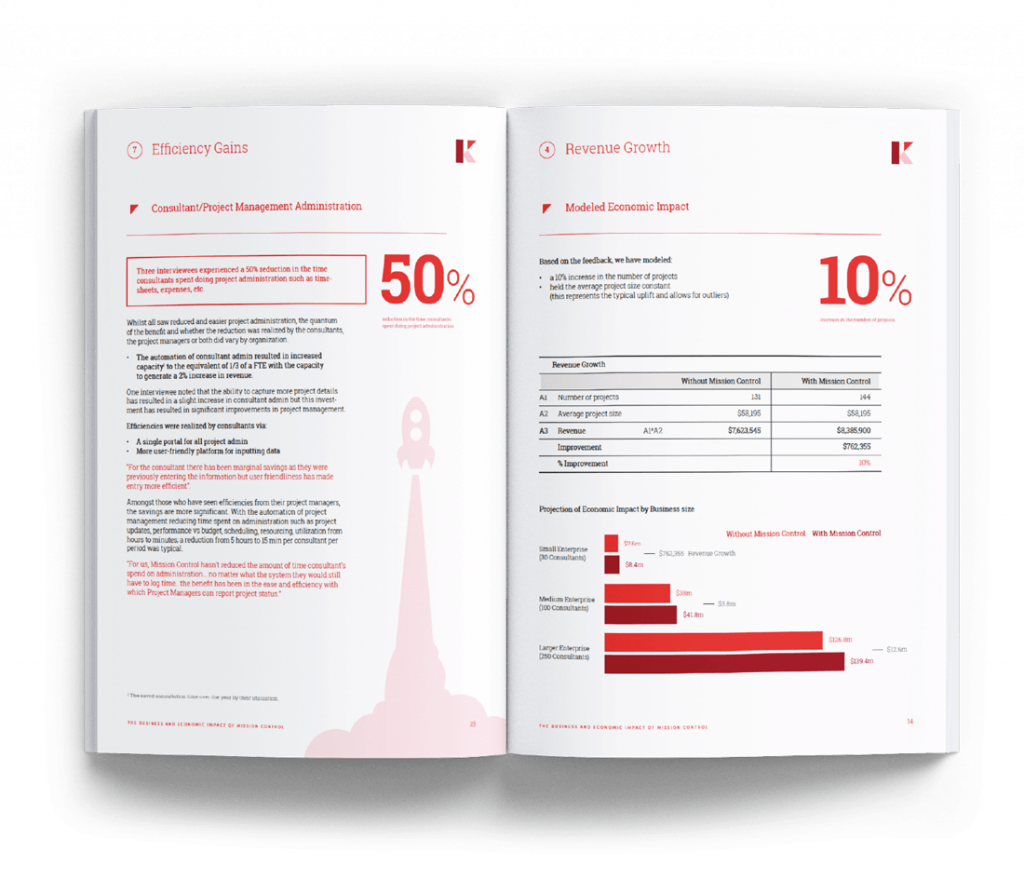Introduction:
Project retrospectives are invaluable tools for teams to reflect on their performance, identify areas for improvement, and celebrate successes. Conducting effective retrospectives requires careful planning and execution. In this article, we’ll explore the best practices for facilitating project retrospectives to ensure they contribute to the continuous improvement of your team.
- Create a Safe and Inclusive Environment:
Establishing a safe and inclusive atmosphere is crucial for open and honest communication during retrospectives. Emphasize that the goal is to identify opportunities for improvement, not to assign blame. Encourage every team member to share their thoughts and opinions, fostering a culture of transparency and trust.
- Set Clear Objectives:
Clearly define the objectives of the retrospective to guide the discussion. Whether it’s focusing on specific project phases, team dynamics, or overall processes, having a clear purpose will help participants stay focused and make the most of the retrospective.
- Choose the Right Timing:
Schedule retrospectives at appropriate intervals, typically at the end of each project phase or iteration. Avoid waiting too long after completion, as details may fade from memory. Consistent timing ensures that retrospectives become a regular part of the project lifecycle.
- Select a Facilitator:
Designate a neutral facilitator to guide the retrospective. This person should be skilled in maintaining a balanced discussion, keeping the team on track, and ensuring that all voices are heard. The facilitator’s role is not to dominate the conversation but to encourage participation and facilitate a productive discussion.
- Use a Structured Format:
Choose a retrospective format that suits your team’s needs. Popular formats include the Start-Stop-Continue model, the 4Ls (Liked, Learned, Lacked, Longed for), or the Sailboat Retrospective. A structured format provides a framework for discussions and helps in extracting actionable insights.
- Encourage Active Participation:
Actively involve all team members in the retrospective process. Consider using techniques like round-robin sharing, where each member shares their thoughts one by one, or small group discussions to ensure everyone’s perspective is considered. This inclusivity promotes a sense of ownership and commitment to improvement.
- Focus on Actionable Items:
While it’s important to identify issues and challenges, the real value of retrospectives lies in actionable outcomes. Encourage the team to prioritize and commit to specific actions for improvement. These actions should be realistic, measurable, and have clear ownership.
- Document and Share Insights:
Keep detailed records of the retrospective discussions, including identified improvements and action items. Share these insights with the team and stakeholders to promote transparency and accountability. Documenting the process ensures that lessons learned are not forgotten and can be revisited in the future.
- Celebrate Successes:
Don’t forget to celebrate the team’s achievements and successes during the retrospective. Acknowledging and appreciating the hard work and accomplishments fosters a positive team culture and motivates members for future endeavors.
- Iterate and Adapt:
Continuous improvement is the essence of retrospectives. Regularly review and adapt your retrospective process based on feedback and results. Experiment with different formats and techniques to find what works best for your team.
Conclusion:
Project retrospectives are powerful tools for enhancing team performance and project outcomes. By incorporating these best practices, you can create a conducive environment for open communication, foster a culture of continuous improvement, and ensure that your team learns and grows from each project experience. Remember, the key to successful retrospectives is not just reflecting on the past but actively shaping a better future for your team and projects.




